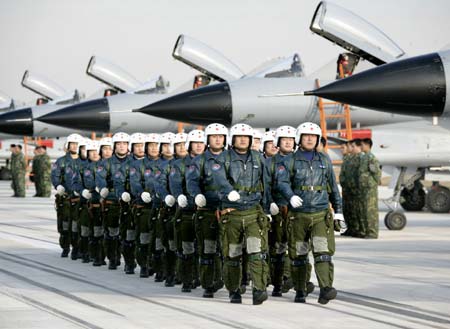
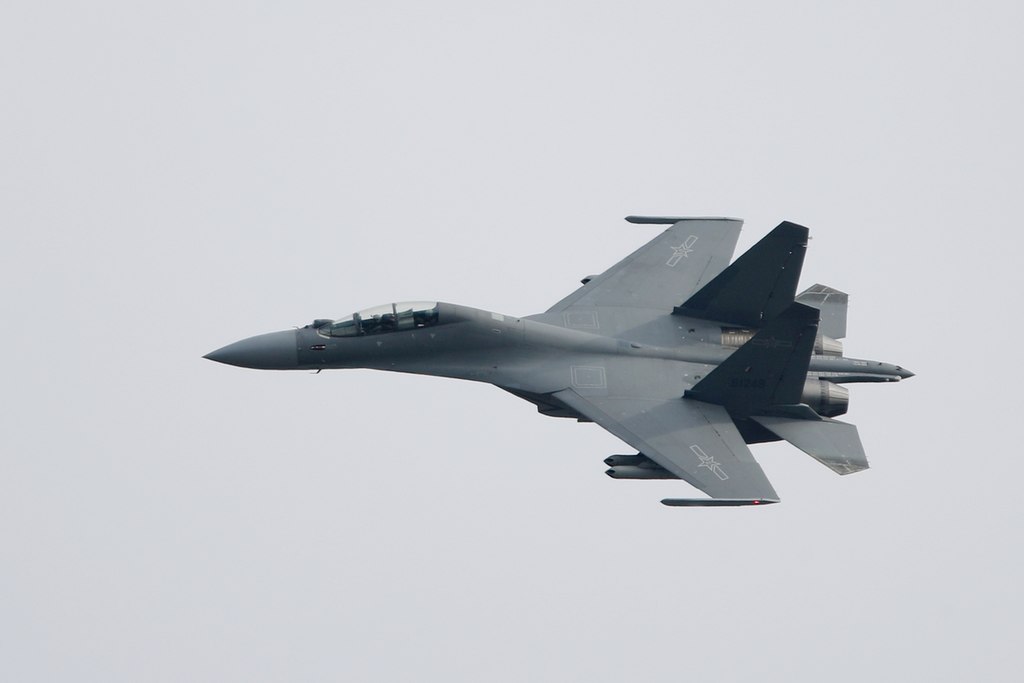
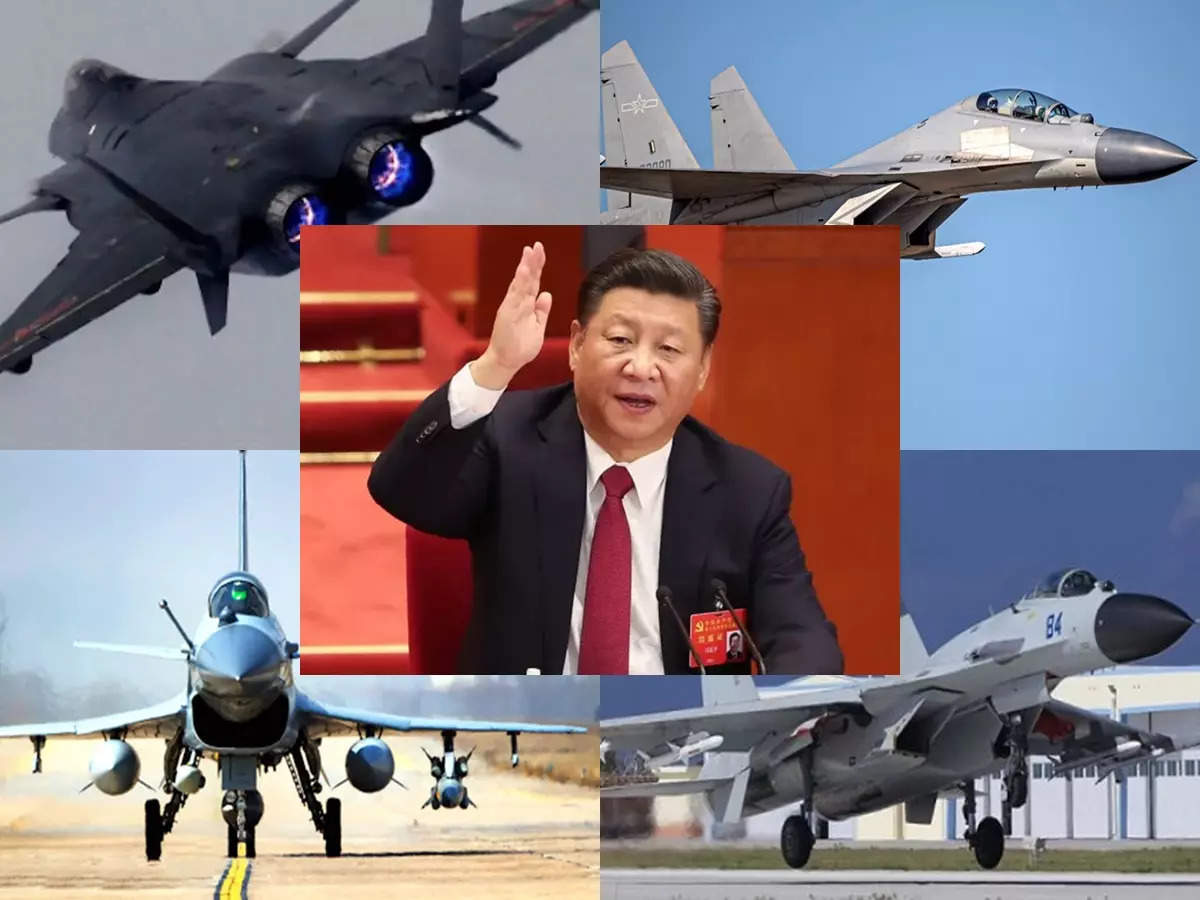
. ..
..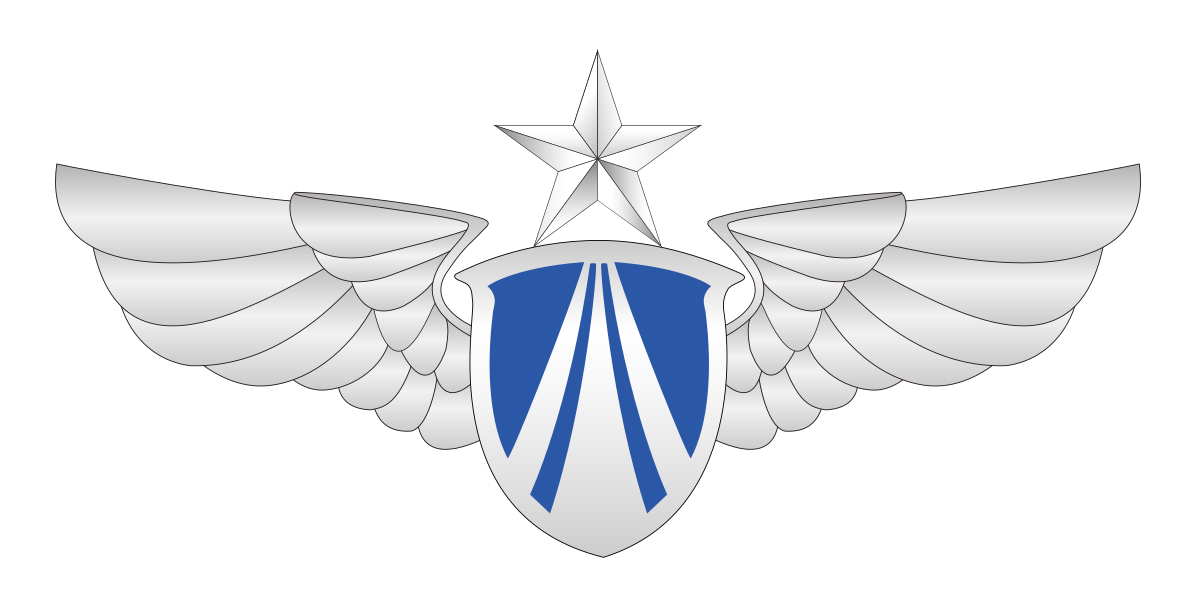
The International Institute for Strategic Studies (IISS) has helped to shape the strategic agenda for governments, businesses, the media and experts across the world.
美國著名智庫IISS,2023.年的分析研究報告指出,中國空軍的實力與日俱增,其中J-10C,.J-20,.J-16.戰鬥機,已經成為中國空軍的主力戰鬥機群,她們可以高空,中空,低空,搭配作戰,形成有效的空中堡壘,其各式各樣戰術飛行訓練,以及配合中國空軍戰略計劃,可以24 小時全天候的執行任務,中國空軍已經是亞太地區首屈一指的強勢空軍,建議美國空軍不可小覷,換句話說就是不能輕視必須接受未來中國空軍的挑戰.
Chinas air force modernisation: gaining pace...........

China J-16..美國衛星照片顯示出1 架J-16.戰鬥機正在加油準備起飛.

China J -10c.外銷巴基斯坦空軍使用效果良好,傳聞伊朗願意以石油交換該機.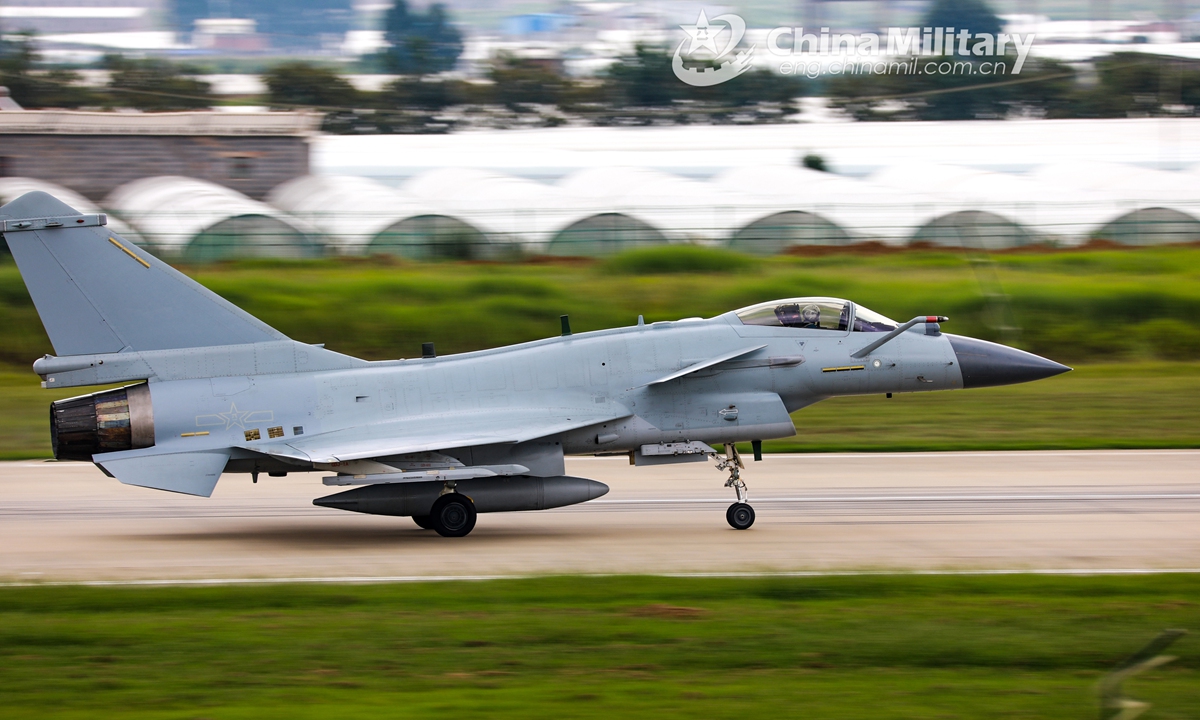 .China continues to build more and better combat aircraft as the air force continues to replace ageing aircraft with considerably more capable types: the Chengdu J-10C and J-20 and the Shenyang J-16 are increasingly at the core of Chinese air power.
.China continues to build more and better combat aircraft as the air force continues to replace ageing aircraft with considerably more capable types: the Chengdu J-10C and J-20 and the Shenyang J-16 are increasingly at the core of Chinese air power.
.Chinas fighter jet J-10C begins combat duty.

中國空軍現代化:加快步伐。
隨著空軍繼續使用更強大的類型替代老化飛機,中國繼續建造更多更好的戰鬥飛機:成都J-10C和J-20和Shenyang J-16越來越多地站在中國空中力量的核心。

Since 2016, PLAAF production of multirole fighter/ground-attack combat aircraft has focused on three designs: the Chengdu J-10C Firebird, Shenyang J-16 Flanker and the ‘low-observable’ Chengdu J-20. Between these three types, the PLAAF now fields over 600 aircraft in at least 19 frontline combat brigades and is looking to further expand. Open-source information suggests that within the last three years annual production rates of both the J-16 and J-20 have likely doubled. For the J-20, IISS data drawn from the Military Balance+ database showed at least 150 aircraft in PLAAF service in early 2023, and if production of the J-20 continues at its current rate, by the end of 2023 this inventory will likely have overtaken that of the United States Lockheed Martin F-22 Raptor. Although the combined US Air Force inventory of F-22 and F-35 low-observable aircraft will remain substantially larger for now, Beijing is clearly not content to remain a distant second to Washington when it comes to advanced air combat capabilities.

All three types are fitted with active electronically scanned array (AESA) radars and can therefore better exploit the PL-15 (CH-AA-10 Abaddon) long-range air-to-air missile, viewed by the US and its allies as a threat driver. The PL-15 is also fitted with an AESA seeker. They have also begun to add new air-to-surface weapons to their arsenals. The J-16 was displayed with a previously unseen stand-off missile design, the AKF-98, at the November 2022 Zhuhai air show. The AKF-98 may result in a family of cruise weapons with unitary warhead and submunition variants being explored. So far, none have been identified with operational units. A further missile, the AFK-88C, was also shown for the first time at the same event. This weapon may be a development of the KD-88 air-to-surface missile.
While China has already made great strides in terms of combat aircraft platforms, sensors and weapons, it had previously struggled with the development of high-performance military turbofan engines. The use of Shenyang WS-10C engines on later batches of J-20s, alongside domestic engines on the J-10C and J-16, indicates that Beijing feels that it has now also made significant progress in this area. Another domestic high bypass turbofan, the Shenyang WS-20, has been seen on a new variant of the Xian Y-20 heavy airlifter, which may now be entering production. Heavy transport and tanker aircraft have also been traditional areas of weakness for the PLAAF, largely as a result of difficulties in producing a suitable domestic engine but are now seeing substantial inventory growth. China’s heavy air transport fleet consisted of 20 Ilyushin Il-76s until the first domestically built Y-20s entered service in 2016. By the end of 2022 there were 50 Y-20s and 20 Il-76s in service, with more of the former in build.
The Y-20 has become an increasingly common sight outside China in recent years. It was used to deliver China’s COVID-19 vaccine and medical supplies to other countries, as well as weapon systems to some of Beijing’s growing number of export customers. The PLAAF has not yet, however, shown any desire to increase the overall size of its dedicated military airlift force structure (currently sized at six regiments in two divisions). Instead, the new Y-20s have allowed for the repurposing of ageing Y-7 and Y-8 light and medium transport aircraft to training or other secondary roles, and possibly also an increase to the size of individual transport regiments.
If adding additional heavy transport regiments to its force structure is not an immediate priority for the PLAAF, production may begin to shift to specialist variants based on the Y-20 airframe, such as the YY-20 tanker, or a future replacement for the existing KJ-2000 airborne early warning and control (AEW&C) aircraft. The addition of a substantial number of YY-20s, in particular, would represent a significant improvement for the PLAAF given the relative paucity of the service’s existing air-to-air refuelling assets. Coupling such a force to the expanding fleets of J-10Cs, J-16s and J-20s, and their associated weapons systems, would represent an even more significant improvement in the PLAAF’s overall capability...
.
What is the role played by the twin-seat J-20?..
Since a two-seat trainer version of the J-20 was not created early in the program, the appearance of the aircraft now hints that it was not developed to improve safety but that there are other reasons behind the new Mighty Dragon.

限會員,要發表迴響,請先登入













